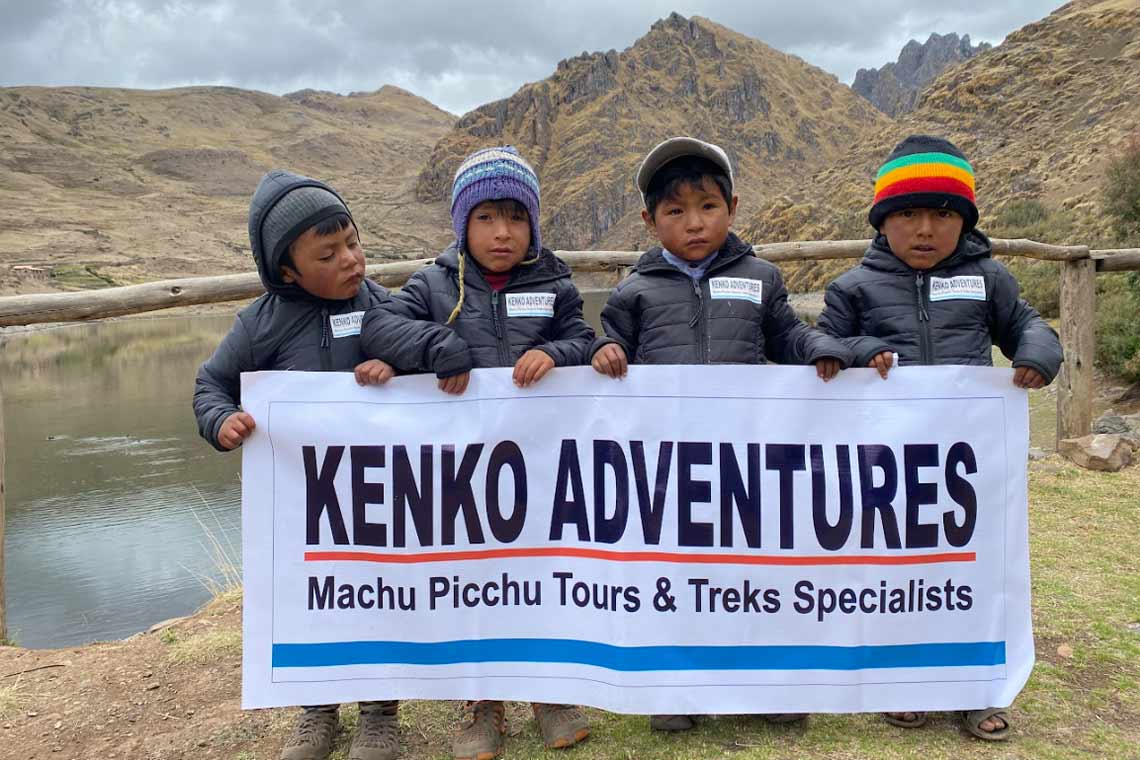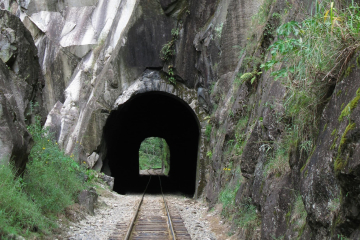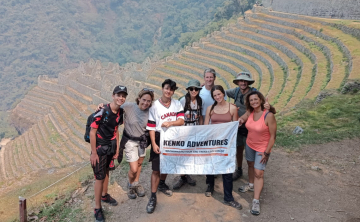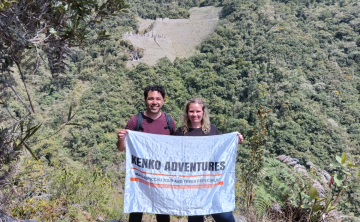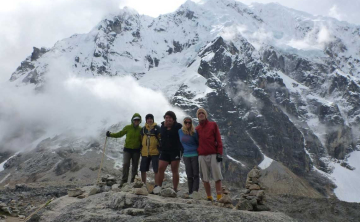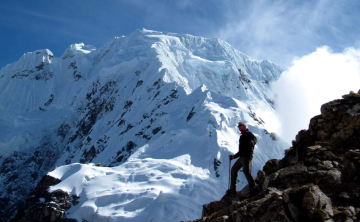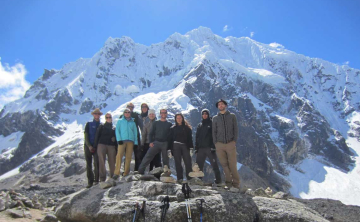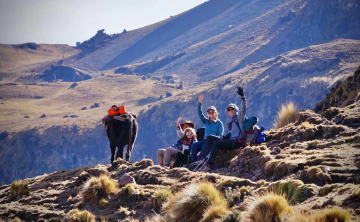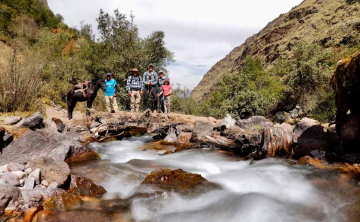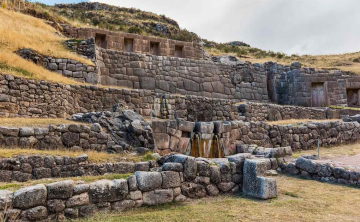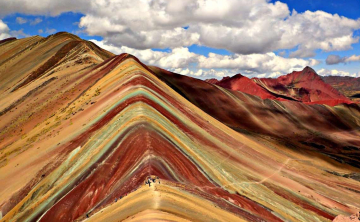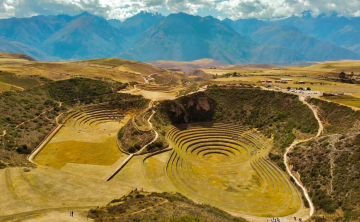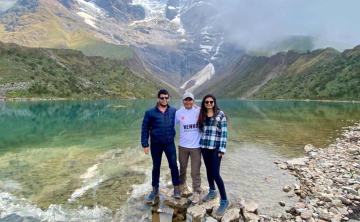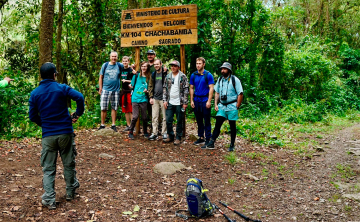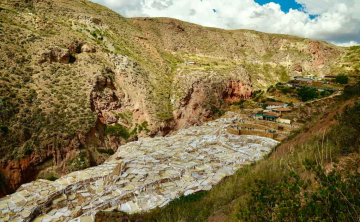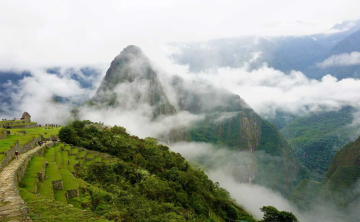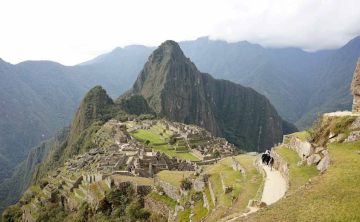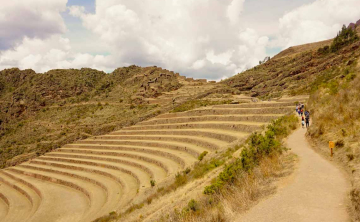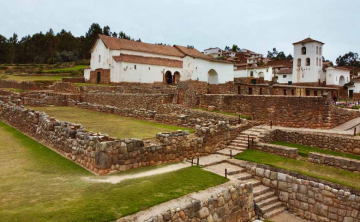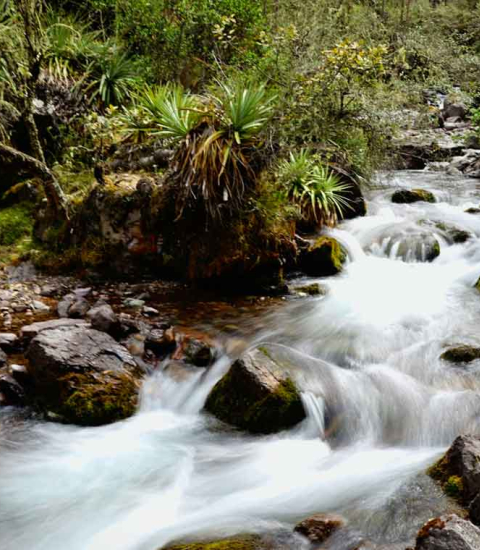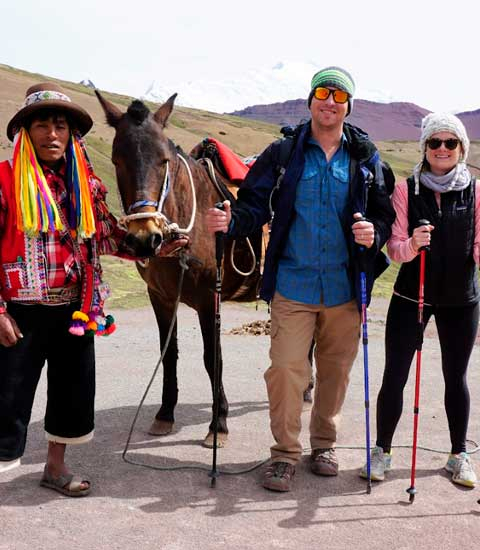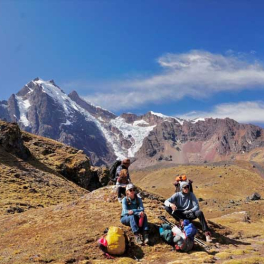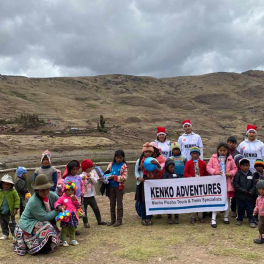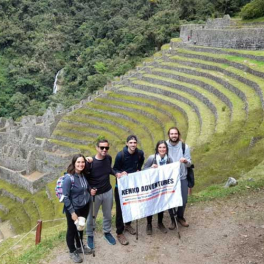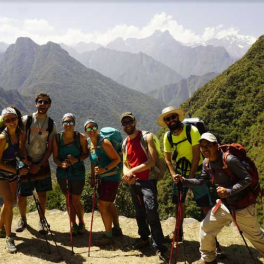The remote and lofty setting of Machu Picchu, perched high upon a mountainside in the Sacred Valley, makes it impossible to simply drive there. Instead, your path to or from this ancient wonder will involve taking a train to/from Aguas Calientes (also known as Machu Picchu Pueblo) – a town that has blossomed around the station at the base of the valley.
5 Amazing Facts About Machu Picchu
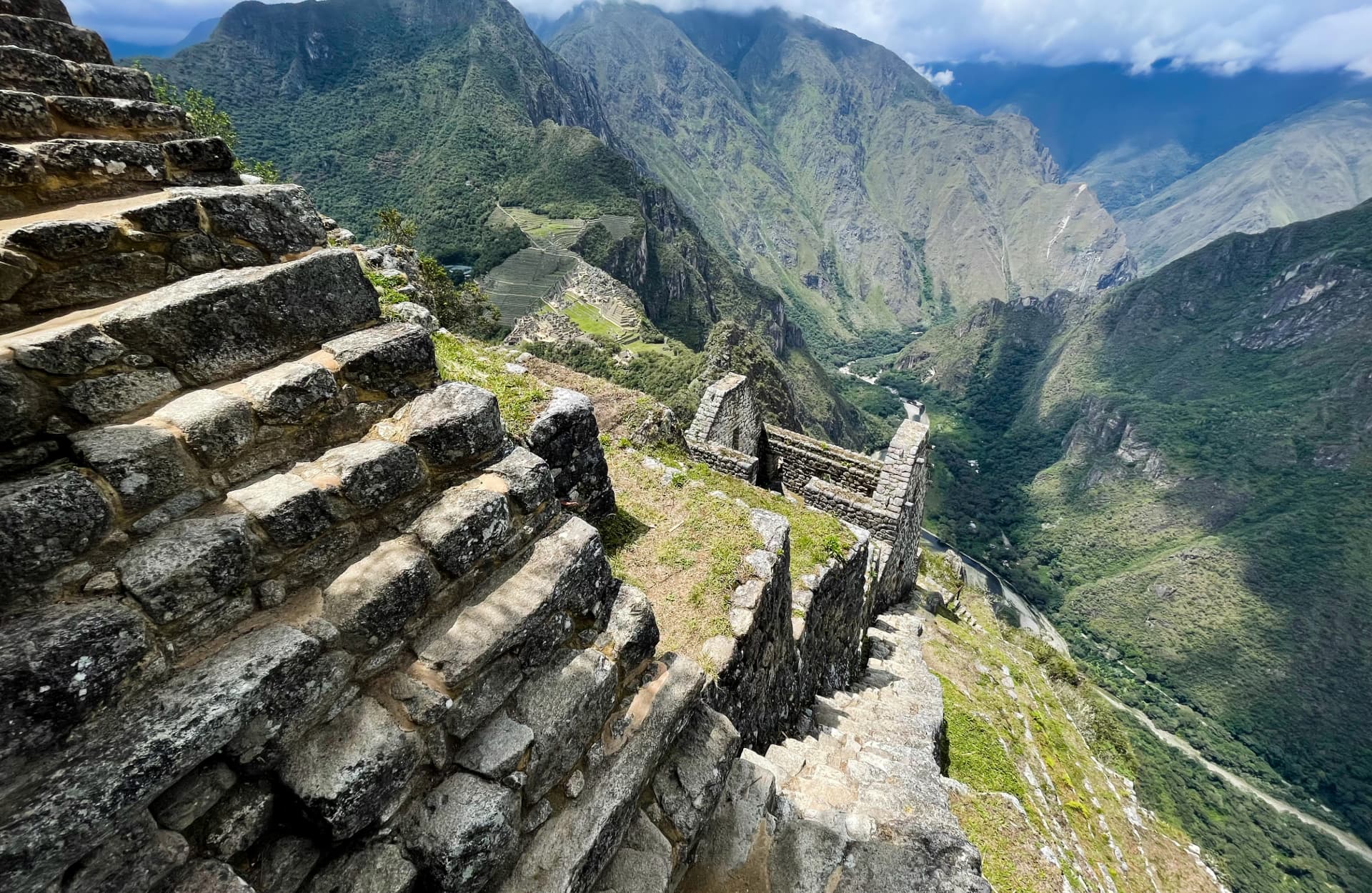
With an area spanning over 37,300 hectares, Machu Picchu was rightfully declared a World Heritage site by UNESCO back in 1983. Despite being one of the most famous tourist destinations on the planet, there are some pretty interesting lesser-known tidbits about this ancient Incan citadel that might surprise you.
Challenging the "Discoverer's" Legacy
The renowned Peruvian scholar, Marco Aurelio Denegri, once made a series of comments that perfectly illustrate the point I'm about to make regarding curious Machu Picchu facts.
Around the centennial of the "discovery of Machu Picchu", Denegri mentioned how the famous explorer's own son actually depicted him as quite the shady character in a biography he published. According to this book, Hiram Bingham III had a rather dark background, almost being painted as a common thief or highway robber of sorts.
Denegri also wasn't surprised that Yale University showed little interest in returning the various artifacts that Bingham essentially looted from Machu Picchu after his "discovery" expedition there. Although Yale committed to giving back the extracted pieces, this was never fully carried out, likely due to a lack of formal efforts or real interest from the Peruvian government to reclaim what is rightfully theirs.
The thing is, many scholars and experts argue that Bingham's "discovery" of Machu Picchu was actually a falsehood, since the site was already known to local inhabitants. It was one of these locals who ended up leading Bingham's expedition to the citadel, which Bingham mistakenly thought was the final Incan rebel stronghold of Vilcabamba.
So in reality, the famed "discovery" was more like the first thoroughly documented academic study of Machu Picchu by an outsider. Certainly takes some of the glory away from Bingham's name and explorer legacy, doesn't it? Just goes to show you can't always believe the historical tales we're fed regarding famous archeological finds and explorers.
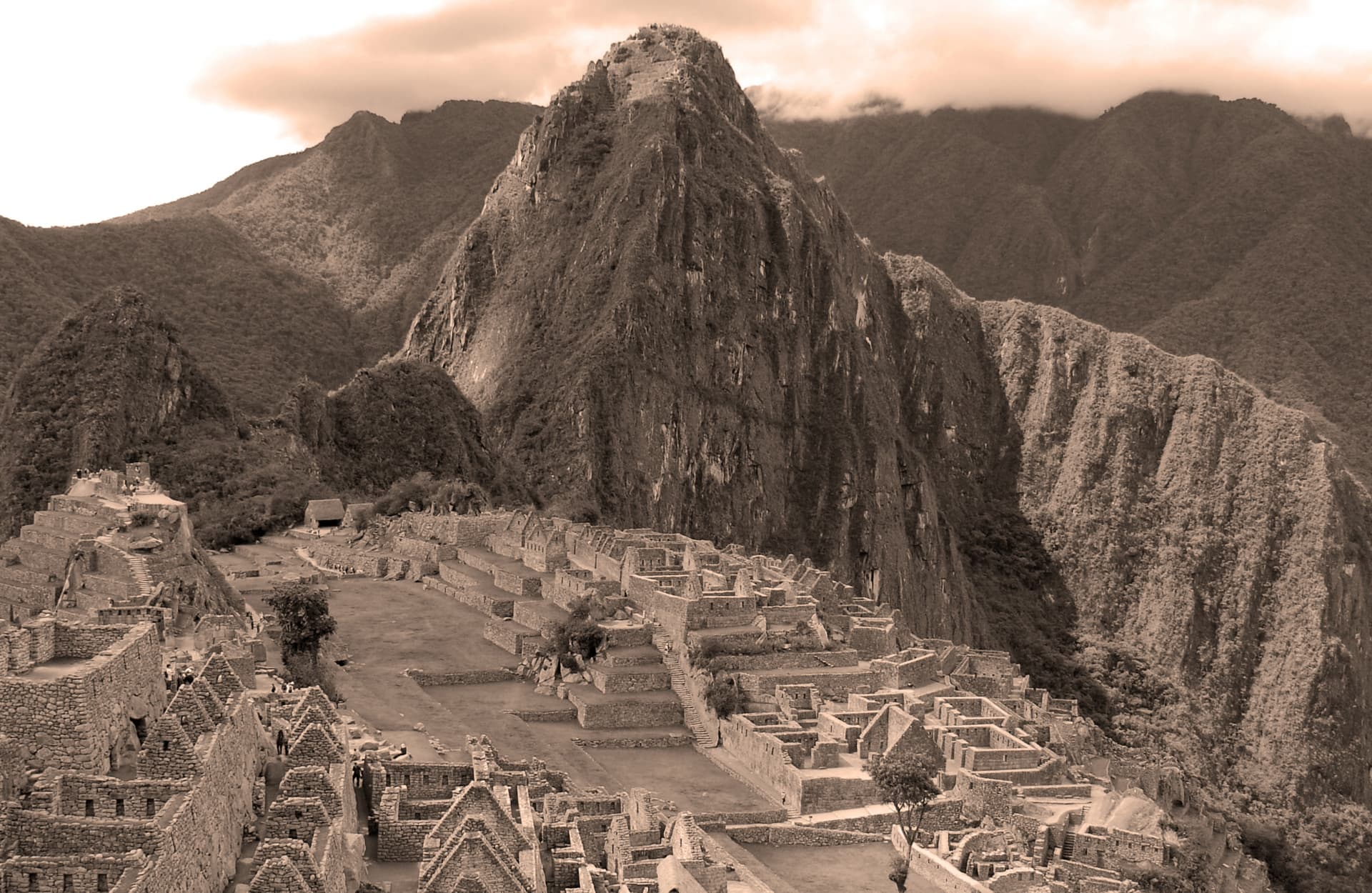
Several Paths, One Common Destination
For tourism means, many option to reach Machu Picchu are available. This comes as no surprise since all the modern world wonders have a plethora of options to visit them with several routes that can satisfy any type of traveler's necessities.
To be fair, we at Kenko can't cover all the routes (this goes beyond if you consider that a bunch of the tours, but we have many of the options covered in our offerings. Among the options that we can offer our clients are the ones listed below (only tour per route that's covered).
If you want to hike your way to Machu Picchu:
If you want to enjoy a more laid back experience to Machu Picchu:
No matter which is the way you decide upon to visit Machu Picchu, certainly the most popular destination in Latin America has no loss for any tourist, hundreds of remembrances coincide in saying that this destination was one of the highlights and unforgettable moments during their journeys in the lower region of the American continent.

Reaching the Citadel may not be the End of Your Trip
A common scenery that you can find in any destination that enjoys of a considerable affluency surely has complementary activities for you to run. Machu Picchu is no stranger to this case and you could surprise yourself of the many activities that are open for an avid explorer.
For this opportunity Kenko will share with you some of the extra activities that you could partake into while spending some extra time in Aguas Calientes (also known as Machu Picchu Town).
- Machu Picchu's Butterfly Garden: Since 2006, there has been an ongoing research project that has yielded some truly fascinating findings in Machu Picchu. Among the most impactful is the discovery of the first butterfly species that is completely endemic and exclusive to this ancient Incan citadel.
- Mandor Waterfalls: You only need follow the walking path towards Machu Picchu itself. But before crossing the bridge to continue on that iconic trail, you'll want to take a detour down the train tracks instead. The hike is relatively straightforward, though admittedly on the longer side. Plan for roughly 2 hours of trekking along those railway lines, covering around 2 kilometers, until you finally arrive at the waterfalls.This waterfall side-quest makes for a perfect addition if you've decided to take the hiking route from Hidroelectrica up towards the Machu Picchu ruins.
- Cocalmayo Thermal Baths: If you're looking for the perfect way to unwind after conquering Machu Picchu, the hot springs at Cocalmayo should definitely be on your radar. Getting there is a breeze too - you can hop on transportation that'll whisk you over to the nearby town of Santa Teresa in under an hour or take the route that goes to Mandor Waterfalls for an extra hour of walking and 3 hours of return as well.
- Manuel Chavez Ballon's Museum: Another must-visit in the area is the Museo de Sitio Manuel Chávez Ballón. This modern museum first opened its doors back in the 1960s-1970s, the passion project of its namesake founder Dr. Manuel Chávez Ballón. After undergoing extensive renovations, it re-opened in 2005 with a fresh focus on immersive historical exhibitions. If Machu Picchu didn't satisfy your curiosity, you can complement your visit with all the items displayed here.

Hippism and Machu Picchu's Restoration
This information is not as spread in the region by both agencies and guides. You can find this curiosity and many more in the book called "Machu Picchu Interdisciplinary Investigations" and it takes the reader back to the 70's decade in Machu Picchu's citadel:
"The restoration work really ramped up in the 1970s when my esteemed colleague and friend, Manuel Chávez Ballón, oversaw the monument's preservation. It was during this period that Machu Picchu started attracting a steady stream of idealistic hippie travelers yearning to tap into the mystical, otherworldly energies they believed resonated from the ancient stones.
With a wry smile, Chávez Ballón allowed these free-spirited seekers to stake out camping spots near the Puente Ruinas museum in exchange for their volunteered elbow grease aiding in clean-up efforts around the site.
It was an unconventional but pragmatic arrangement that helped facilitate much-needed grounds maintenance. Though the hippies' spiritual quests likely remained unfulfilled, they could at least take pride in playing a small role in preserving the magic of Machu Picchu for future generations.
While archaeological rigor drove the professional restoration initiatives, an undercurrent of new-age idealism and yearn for enlightenment pulsed through the Machu Picchu trails in that iconic era of counterculture."

It always was a Vacational Destination
Machu Picchu (meaning "old mountain") was an imperial estate founded and owned by Pachacuti Inca Yupanqui, the Inca ruler, in the middle of the 15th century. It supposedly was a retreat for the Inca for the times he wanted to vacation while enjoying of a more tropical environment. However, no inca building or set of buildings was ever lifted without a religious reason (considering that the Incas pantheon was formed by gods that were natural elements such as the sun, moon, earth, rainbow, water, thunder and so on) this is notably obvious for many academics when you appreciate the place where Machu Picchu is placed.
The ownership of the place later passed to Pachacuti's successors. When Bingham arrived at machu Picchu it in 1911 (although the inhabitants of the valley had always known of its existence), he declared it to be the last capital of the Incas. However, it was proven false when the true final capital was discovered in Vilcabamba, further down in the Urubamba Valley.

To Finalize
Kenko Adventures always offer the most original and unique information on this and many more topics.
Don't hesitate and contact our team to visit the many Cusco attractions with the best assistance without any type of doubt (if any exists let us know to help you too).
More blog articles
A Historical Review
Kenko Adventures takes pride in being part of the most important/looked forward destination in all South America. Because of it, today's blog theme will extend on one of the reasons lots of visitors p ...
Ollantaytambo is a Peruvian town and Inca archaeological site, the capital of the district of the same name located in the province of Urubamba, which is also located in the zone denominated as the Sacred Valley of ...
Why Kenko Adventures?
We present our real culture life to our clients, hiring people from villages and communities of our region.
We offer unique services like: hot shower and private toilets on treks. We have a real responsibility taking care of our planet.
Experts on: Inca Trail hikes and Machu Picchu Hiking Tours. We operate small groups.
Superior Quality services and full flexibility for any changes in this pandemic
Free warm jacket for my litle friend!
Kenko Adventure Peru founder decided to add a social proyect in all Our tours that means, if you are booking a tour with Us, you automatically are donating a warm jacket for Our litle kids that have very hard living in very cold conditions near by the Andes Mountain
